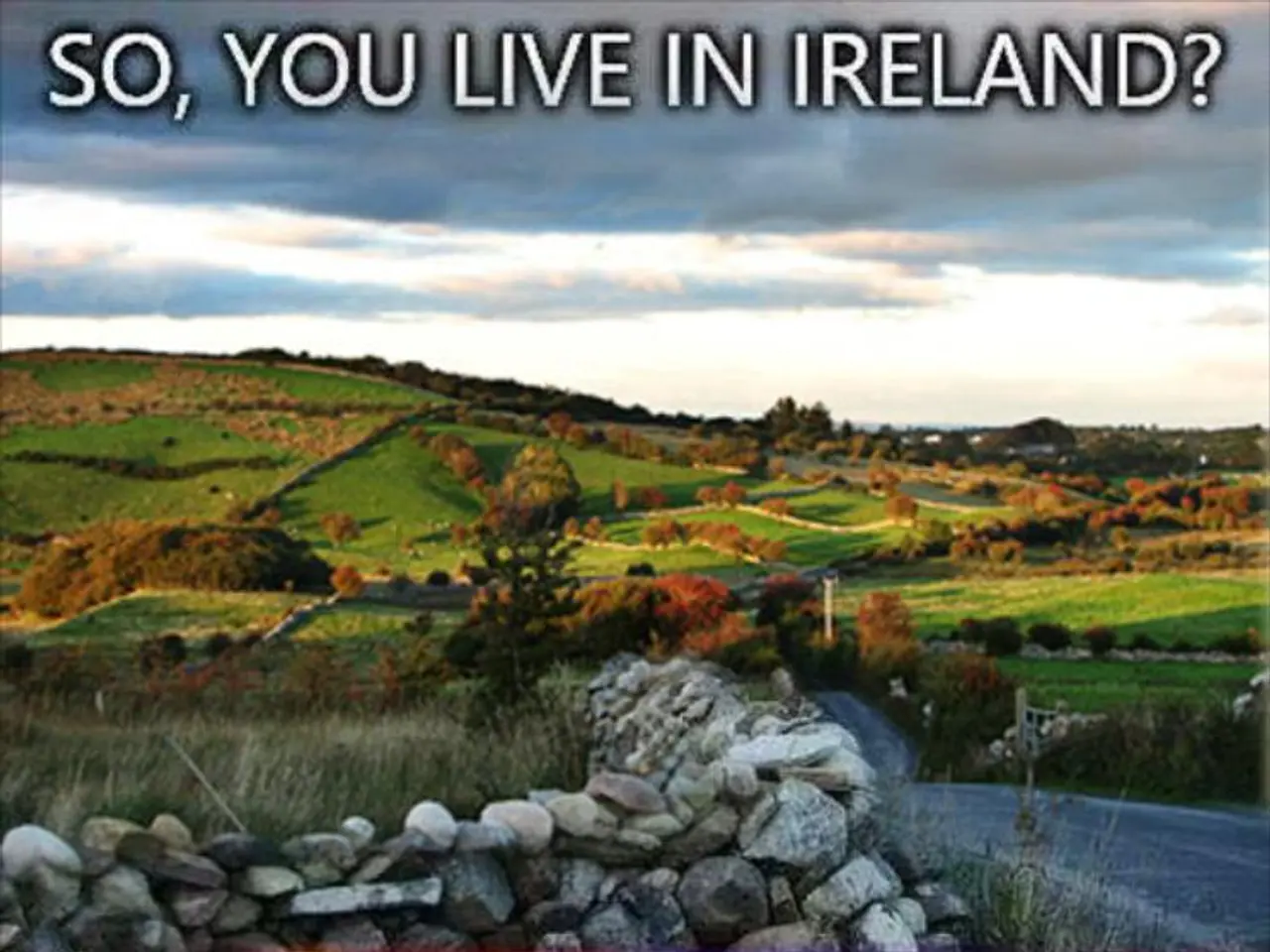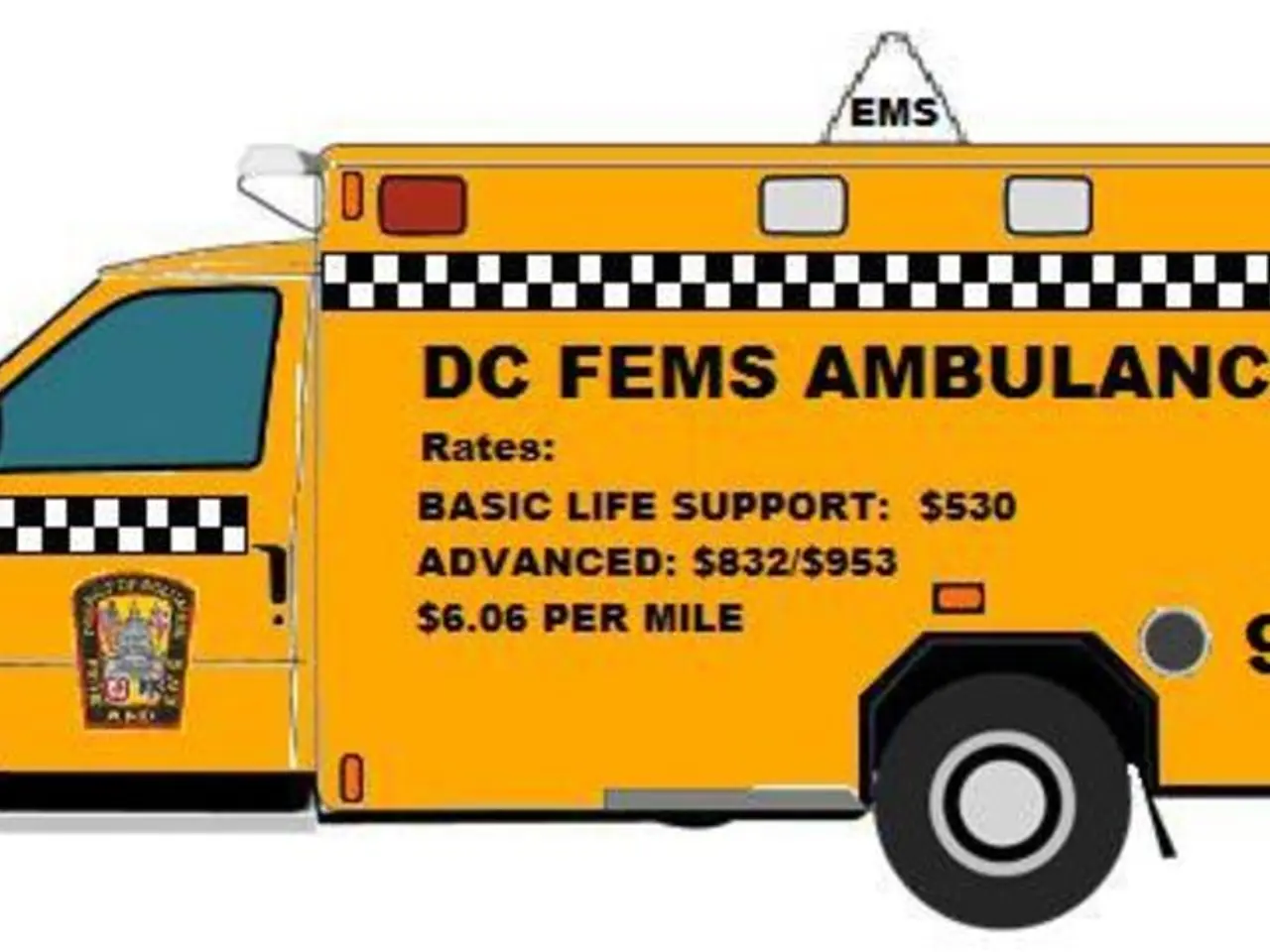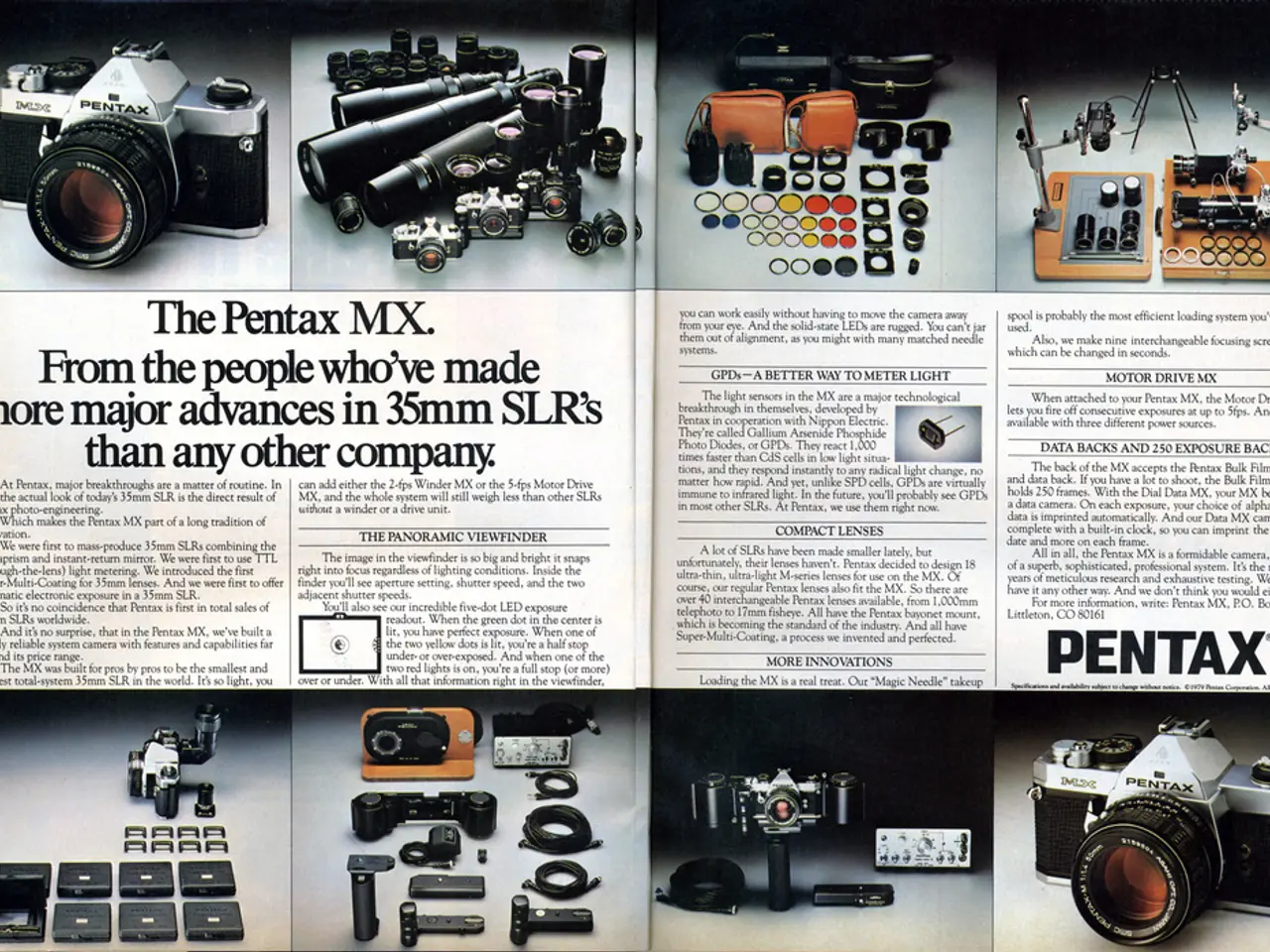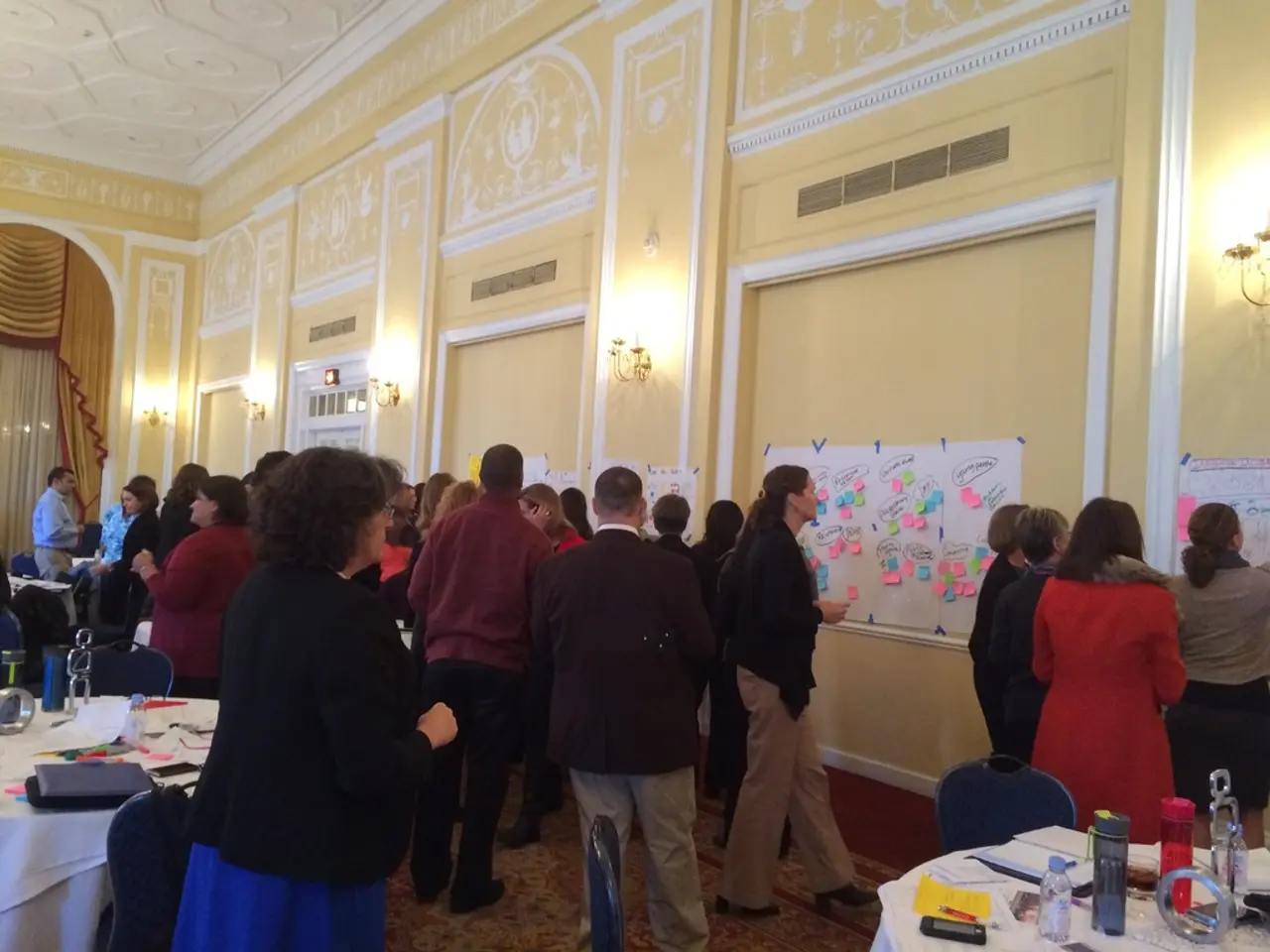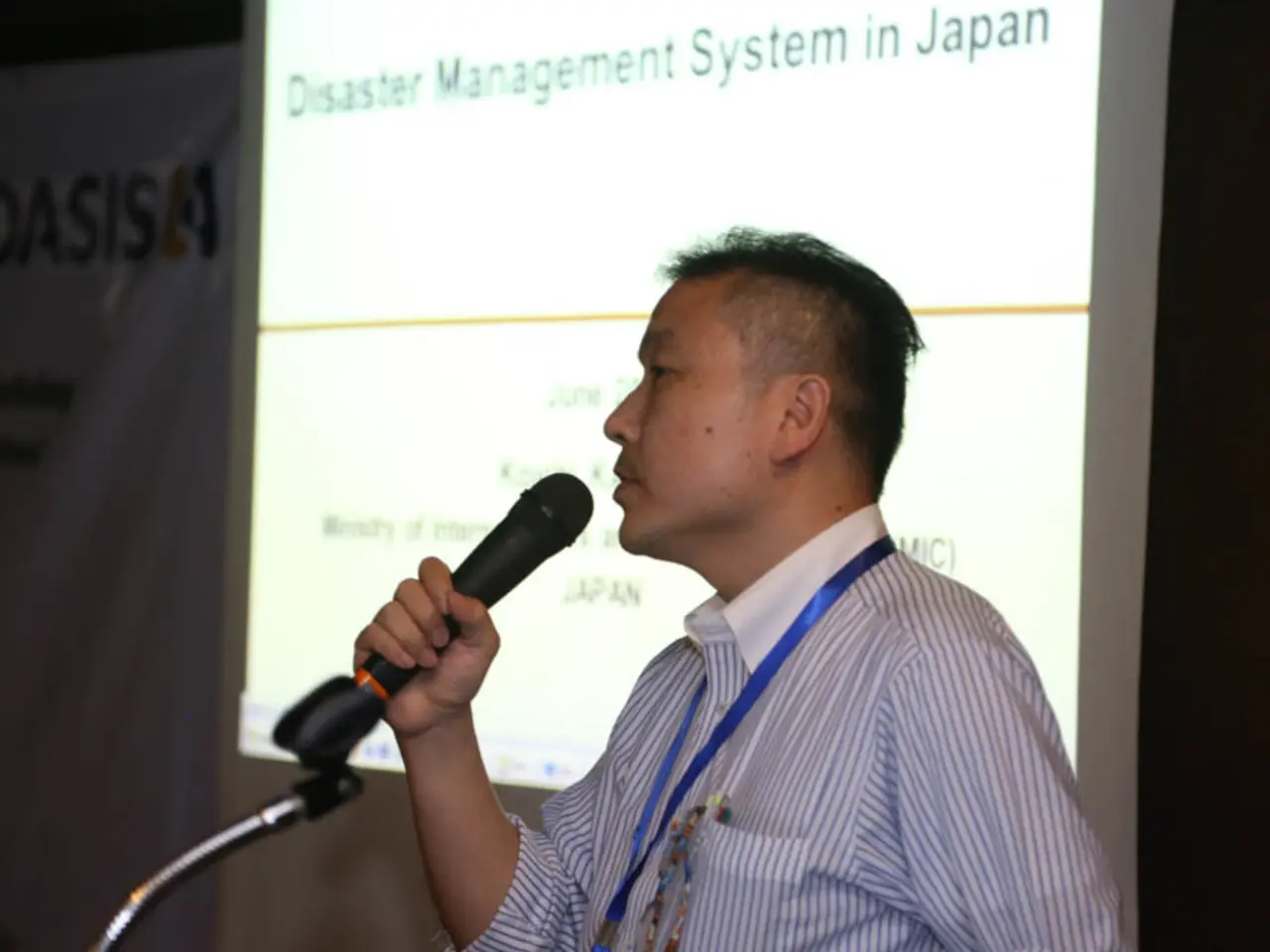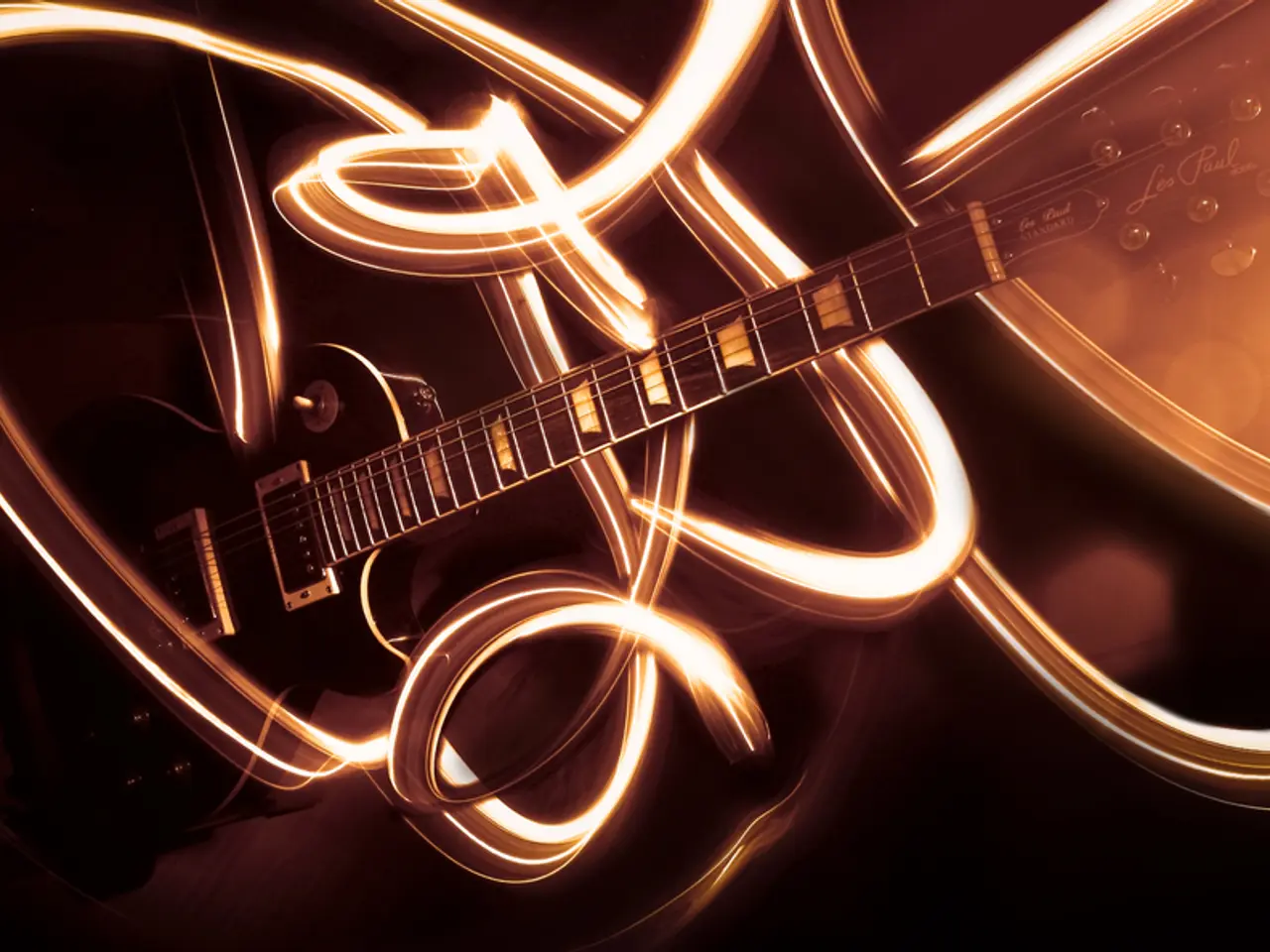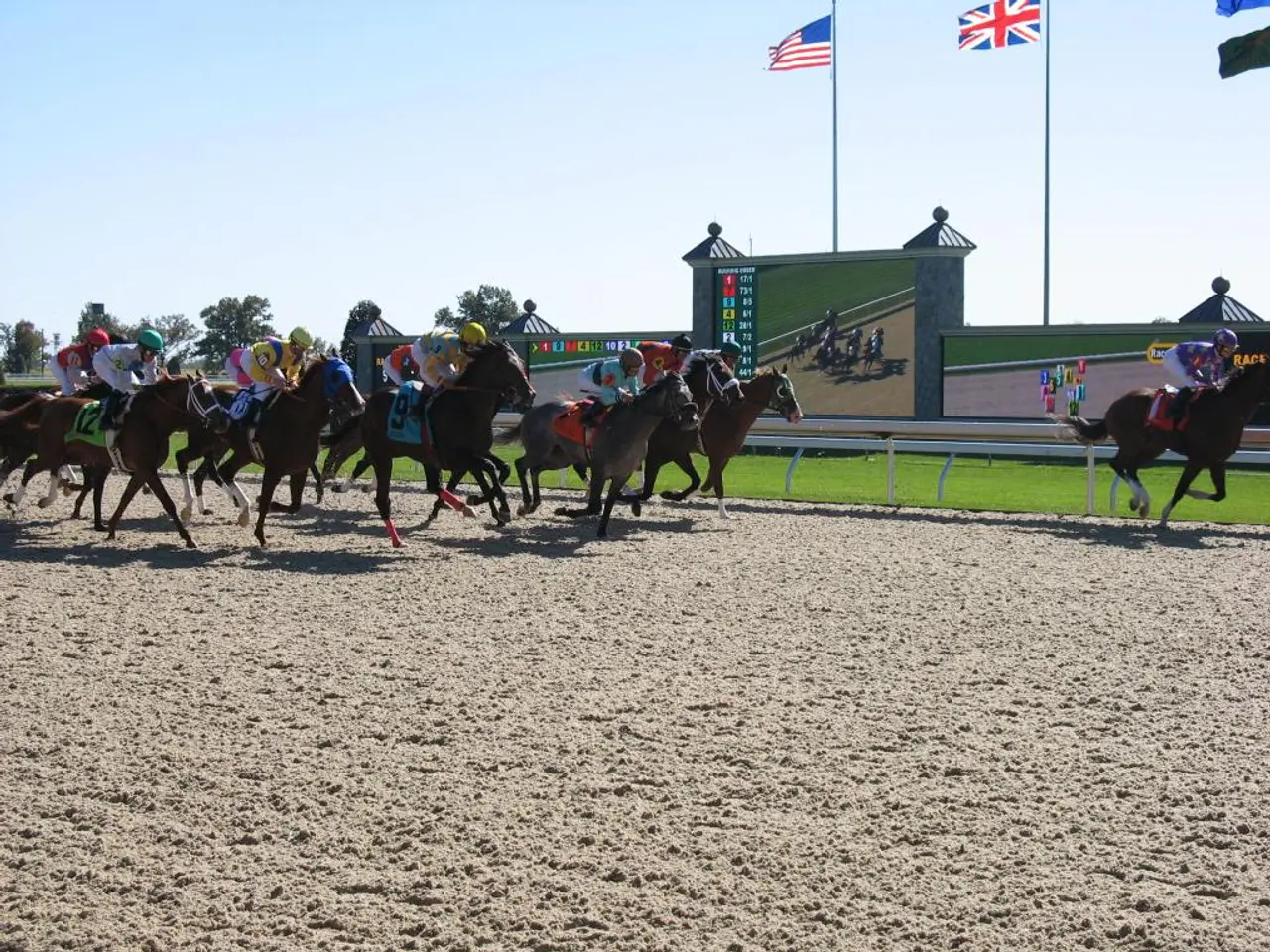Historic Grand Canyon Lodge was reduced to ashes by a wildfire, marking a second devastating encounter with flames.
The historic Grand Canyon Lodge at the North Rim, originally built in 1928, has been tragically destroyed by the Dragon Bravo Wildfire. The lodge, a National Historic Landmark and listed on the National Register of Historic Places, was designed by architect Gilbert Stanley Underwood for the Union Pacific Railroad's subsidiary, the Utah Parks Company.
The first Grand Canyon Lodge was a grand Spanish-style structure constructed of native limestone and pine wood, featuring a glass-enclosed lounge, a canyon-facing upper veranda, and an observation tower to embrace views of the Grand Canyon. However, just four years after it opened, a fast-moving fire, which started in the kitchen area, completely destroyed the original lodge in 1932, along with two cabins. Fortunately, no one was injured.
Rebuilding the Lodge began immediately, and the rebuilt lodge, completed in 1937, was based on a modified design that reused much of the original stonework but drastically scaled back. The rebuilt lodge lacked the original lodge’s second story and observation tower, had steeper, sloped roofs to better manage the area’s heavy snowfall, and the amount of stonework was increased compared to the original.
The current lodge uses the same floor plan as the original, but with a more simplified and practical structure. It is known for its rustic grandeur, spectacular canyon views from inside the building, and its historic role within the Grand Canyon’s North Rim tourism experience. The lodge is surrounded by rustic cabins—23 deluxe and 91 standard cabins—that accommodate visitors while preserving an organic feel that fits the landscape.
The loss of the lodge may impact lodge employees, who now need to find jobs and housing for the rest of the season. The North Rim of the park will remain closed for the rest of the 2025 season. The Utah Parks Company, the National Park Service, and surrounding communities are already feeling the financial and environmental impacts of federal funding and job cuts.
The National Park Service is investigating the federal government's handling of the wildfire, which was started by a lightning strike on July 4. The fire grew by 500 acres on Saturday night, destroying an estimated 50 to 80 structures including the lodge, cabins, and visitor facilities. The loss of the valuable artifacts and decor, including a bronze statue called Brighty the Burro, adds to the tragedy.
The Grand Canyon Lodge complex consisted of a main building and 114 standalone cabins, perched at an elevation of 8,000 feet overlooking the canyon. The lodge contained a dining room with canyon views, saloon, sunroom, auditorium, and post office. The temporary lodge that housed construction workers burned down in September 1936, and the exact cause of the fire is unknown.
The Grand Canyon Lodge, which opened in 1937, reused the original stonework but had steeper roofs, used more stone than wood, and lacked a second story and observation tower. Historically, the lodge functioned as both accommodation and a social hub, with college-aged employees welcoming visitors, performing talent shows, and orchestrating dances.
As the investigation into the wildfire continues, the community and the Utah Parks Company will begin the process of rebuilding the Grand Canyon Lodge once again, preserving its historic charm and integrating it with the stunning natural surroundings of the Grand Canyon.
- The fire that destroyed the Grand Canyon Lodge in 1932, like the one that occurred in 2025, poses a significant risk for assets and may lead to job losses for employees.
- The Grand Canyon Lodge, though rebuilt in 1937, continues to serve as a social hub, much like other establishments that emphasize ESG (Environmental, Social, and Governance) principles in their operations.
- During its rebuild following the 1932 fire, the Grand Canyon Lodge prioritized the use of stone instead of wood, a choice that may have impacted the credits available for restoring the lodge due to differences in fire risk.
- In the aftermath of the wildfire, the politics surrounding federal funding and job cuts for the National Park Service and the Utah Parks Company will likely be a topic of general news, much like the discussion surrounding risk management and asset preservation for historical landmarks.
